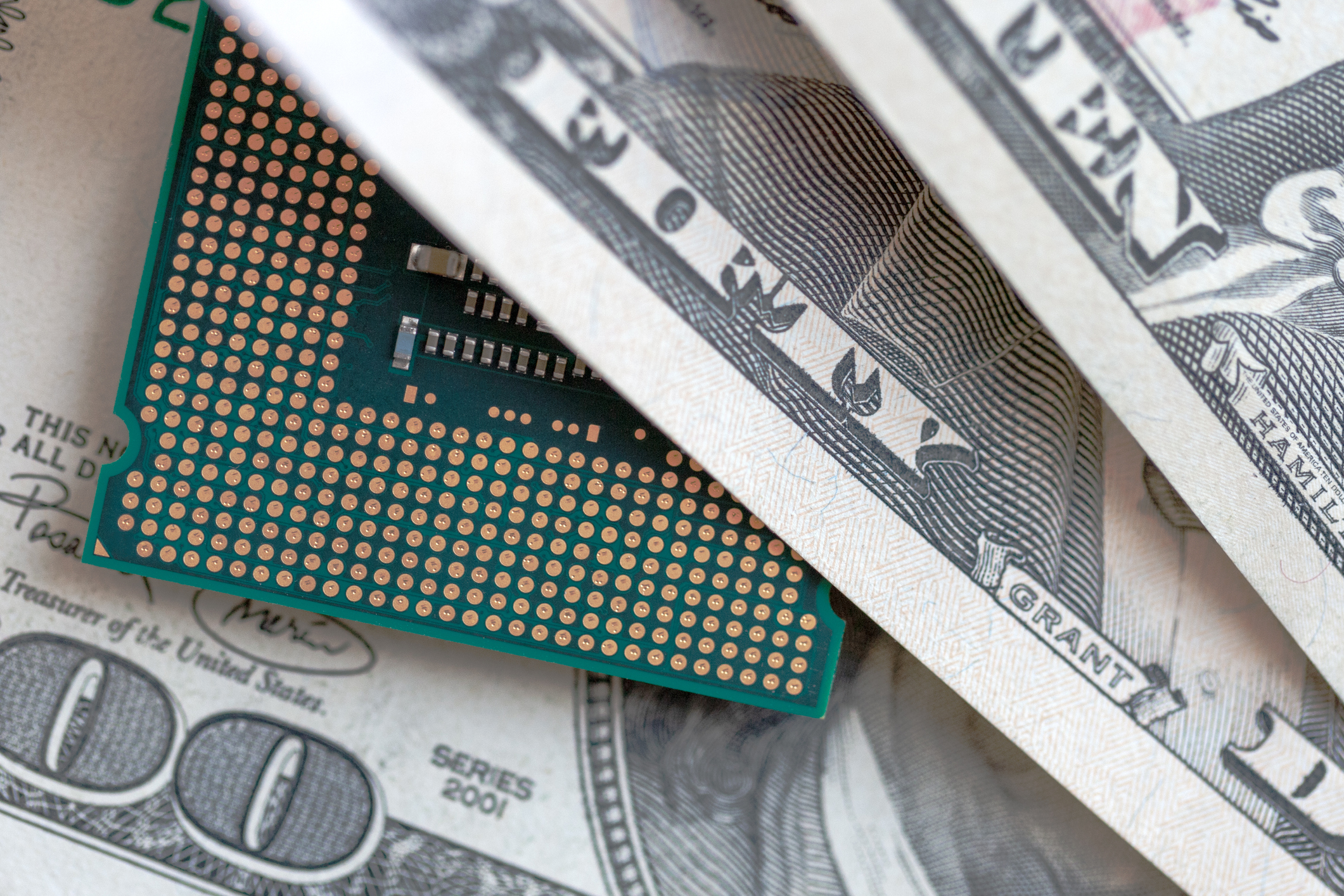Farewell Intel: Analyzing Apple's Full Transition To Apple Silicon

Welcome to your ultimate source for breaking news, trending updates, and in-depth stories from around the world. Whether it's politics, technology, entertainment, sports, or lifestyle, we bring you real-time updates that keep you informed and ahead of the curve.
Our team works tirelessly to ensure you never miss a moment. From the latest developments in global events to the most talked-about topics on social media, our news platform is designed to deliver accurate and timely information, all in one place.
Stay in the know and join thousands of readers who trust us for reliable, up-to-date content. Explore our expertly curated articles and dive deeper into the stories that matter to you. Visit Best Website now and be part of the conversation. Don't miss out on the headlines that shape our world!
Table of Contents
Farewell Intel: Analyzing Apple's Full Transition to Apple Silicon
Apple's complete switch to its own Apple silicon chips marks a pivotal moment in the tech industry. No longer reliant on Intel processors, Apple now boasts unparalleled control over its hardware and software ecosystem. This transition, years in the making, has had a profound impact on performance, power efficiency, and the future direction of Apple devices. But was it worth it? Let's delve into the details and analyze the success of Apple's bold move.
The Long Road to Independence: From PowerPC to Intel and Beyond
Apple's journey to self-reliance in chip design is a fascinating story. Initially using PowerPC processors, the company famously switched to Intel in 2006, a decision that ultimately proved to be a stepping stone towards its current silicon strategy. This shift, however, wasn't without its challenges. While Intel processors provided a boost in performance, they also brought limitations in terms of power efficiency and integration with Apple's software.
This inherent limitation spurred Apple's development of its own custom silicon, beginning with the M1 chip in late 2020. This chip, initially designed for MacBooks and Mac Minis, quickly demonstrated superior performance and efficiency compared to its Intel counterparts.
The M-Series Revolution: Performance and Efficiency Gains
The success of the M1 chip paved the way for a complete transition. The subsequent generations – M1 Pro, M1 Max, M1 Ultra, M2, M2 Pro, M2 Max, and the groundbreaking M2 Ultra – have consistently pushed the boundaries of performance and power efficiency. These chips boast:
- Stunning Performance Boosts: Benchmark tests consistently show significant improvements in CPU and GPU performance compared to Intel-based Macs.
- Enhanced Power Efficiency: Apple Silicon chips deliver exceptional battery life in laptops, exceeding expectations set by Intel-based predecessors.
- Improved Thermal Management: The integrated design of Apple Silicon allows for better thermal management, leading to quieter and cooler operation.
- Seamless Integration with macOS: The tight integration between hardware and software optimizes performance and enhances the overall user experience.
Beyond Performance: The Broader Implications of Apple Silicon
The transition to Apple Silicon is more than just a performance upgrade; it's a strategic move with significant implications:
- Increased Control and Innovation: By designing its own chips, Apple has greater control over the entire hardware and software stack, allowing for faster innovation and more tailored features.
- Enhanced Security: The integrated design offers enhanced security features, protecting user data more effectively.
- A Clear Path for Future Development: Apple can now chart its own course for future chip development, tailoring performance and features to meet the evolving needs of its products.
Challenges and Future Outlook
While the transition has been largely successful, challenges remain:
- Software Compatibility: While Apple has done an excellent job with Rosetta 2, ensuring compatibility with older Intel-based applications, some users still experience issues.
- High-End Professional Workflows: While Apple Silicon chips have made significant strides, some high-end professional workflows still require Intel-based Macs. However, Apple's continued advancements are gradually addressing this limitation.
Conclusion: A Successful Transition?
Apple's transition to Apple Silicon represents a resounding success. The performance gains, improved power efficiency, and enhanced security have significantly improved the user experience. While challenges remain, Apple's continued investment in research and development suggests a bright future for its custom silicon, paving the way for even more innovative and powerful devices. The move positions Apple for long-term dominance in the market, setting a new benchmark for the industry.
Keywords: Apple Silicon, M1 chip, M2 chip, Apple, Intel, Mac, MacBook, iMac, Mac Mini, Apple transition, performance, power efficiency, custom silicon, chip design, technology, innovation, Rosetta 2, hardware, software, benchmark tests.

Thank you for visiting our website, your trusted source for the latest updates and in-depth coverage on Farewell Intel: Analyzing Apple's Full Transition To Apple Silicon. We're committed to keeping you informed with timely and accurate information to meet your curiosity and needs.
If you have any questions, suggestions, or feedback, we'd love to hear from you. Your insights are valuable to us and help us improve to serve you better. Feel free to reach out through our contact page.
Don't forget to bookmark our website and check back regularly for the latest headlines and trending topics. See you next time, and thank you for being part of our growing community!
Featured Posts
-
 Sun Drenched Vaduz Scots Seek Sunshine Abroad
Jun 10, 2025
Sun Drenched Vaduz Scots Seek Sunshine Abroad
Jun 10, 2025 -
 The Views Trump Musk Feud Whoopi Goldbergs Explosive Accusation
Jun 10, 2025
The Views Trump Musk Feud Whoopi Goldbergs Explosive Accusation
Jun 10, 2025 -
 Intel Stock 2025 Is A Turnaround On The Horizon
Jun 10, 2025
Intel Stock 2025 Is A Turnaround On The Horizon
Jun 10, 2025 -
 Katherine Parkinson And Bertie Carvel Cast In Upcoming Harry Potter Adaptation
Jun 10, 2025
Katherine Parkinson And Bertie Carvel Cast In Upcoming Harry Potter Adaptation
Jun 10, 2025 -
 Team Need Vs Best Available Our Updated Nba Mock Draft
Jun 10, 2025
Team Need Vs Best Available Our Updated Nba Mock Draft
Jun 10, 2025
